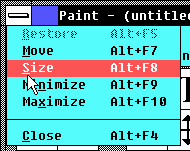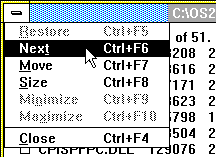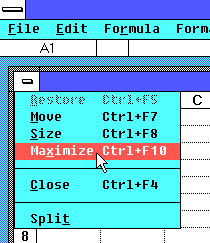|
|
Location: GUIs >
Windows >
Misc Windows 3
The origins of Alt+F4 Where did Alt+F4 come from? And why aren't there any other similar Alt keys? Why F4? I'm sure that is something that has left a lot of people scratching their heads. I still don't know if it was influenced by some other earlier program, but ALT+F4 first appeared in Windows 2 and then OS/2 1.1. Windows 1.x did not implement ALT+F4. Around the time of Windows 2 and OS/2 1.1 there appeared to be a push to increase keyboard accessibility, which also brought the addition of custom menu hot keys. I'd be mildly surprised if IBM didn't have something to do with this. Windows 2 (and OS/2 1.1) added the following keys for window manipulation: ALT+F4 - Close
And for child windows in a multiple document interface application:
Interestingly, many recent MDI applications for Windows still use CTRL+F6 to switch between child windows.
Windows 3.0 removed all of these key combinations except for ALT+F4. Presumably to remove visual clutter in the system menu, and free up key combinations for other applications. |

